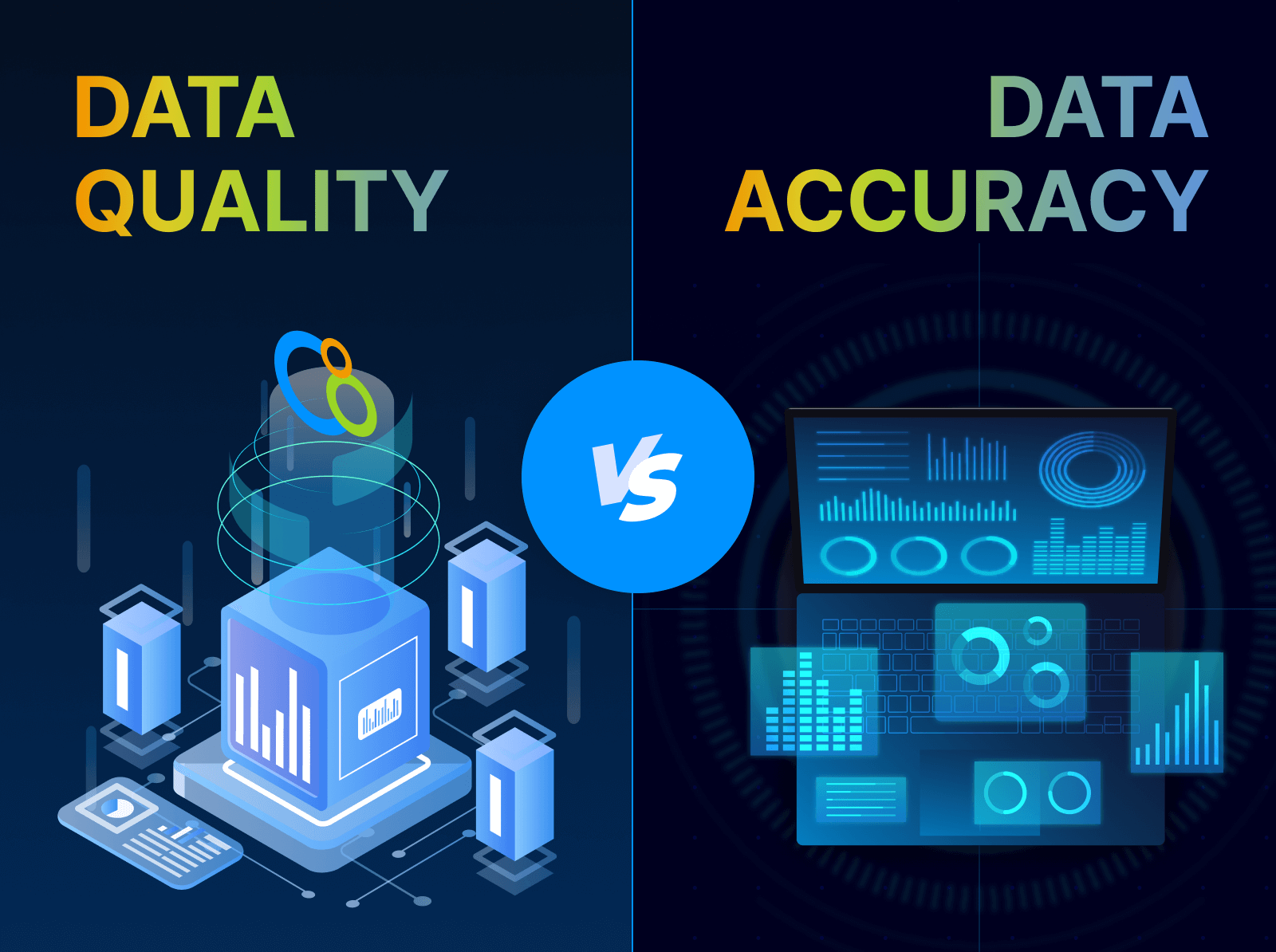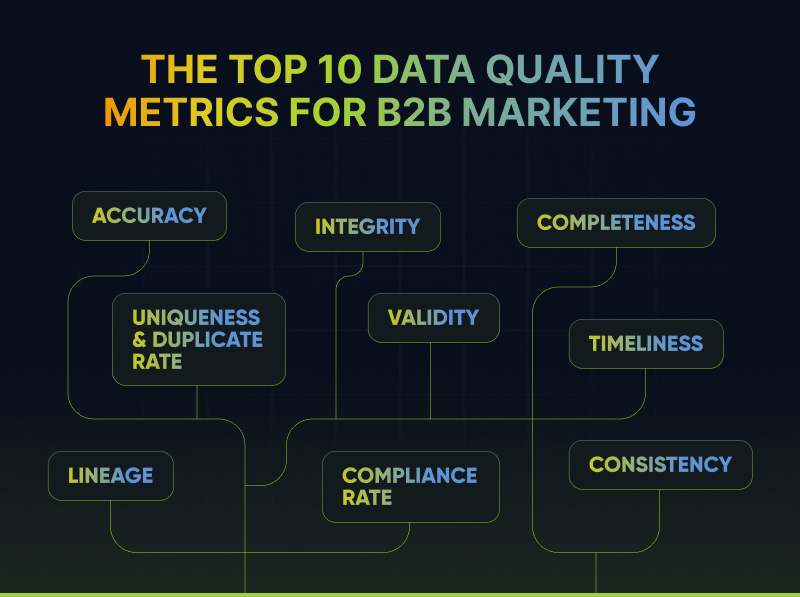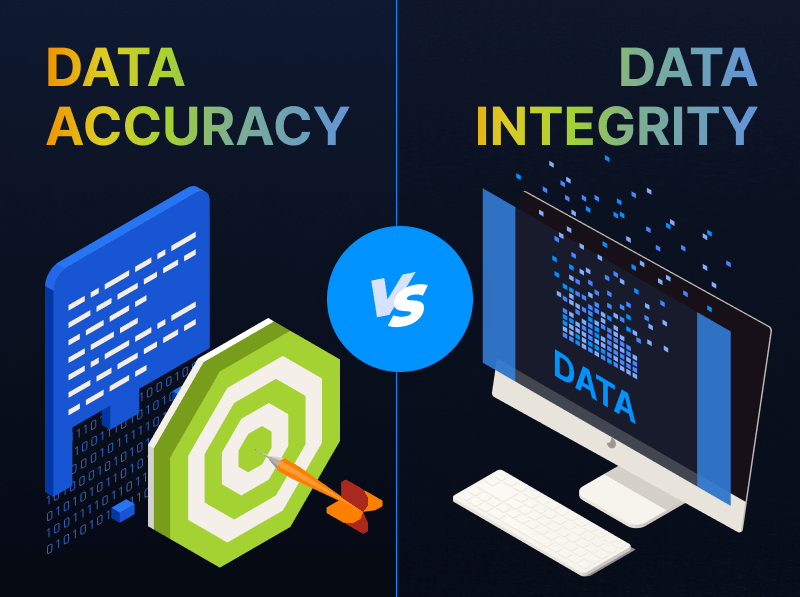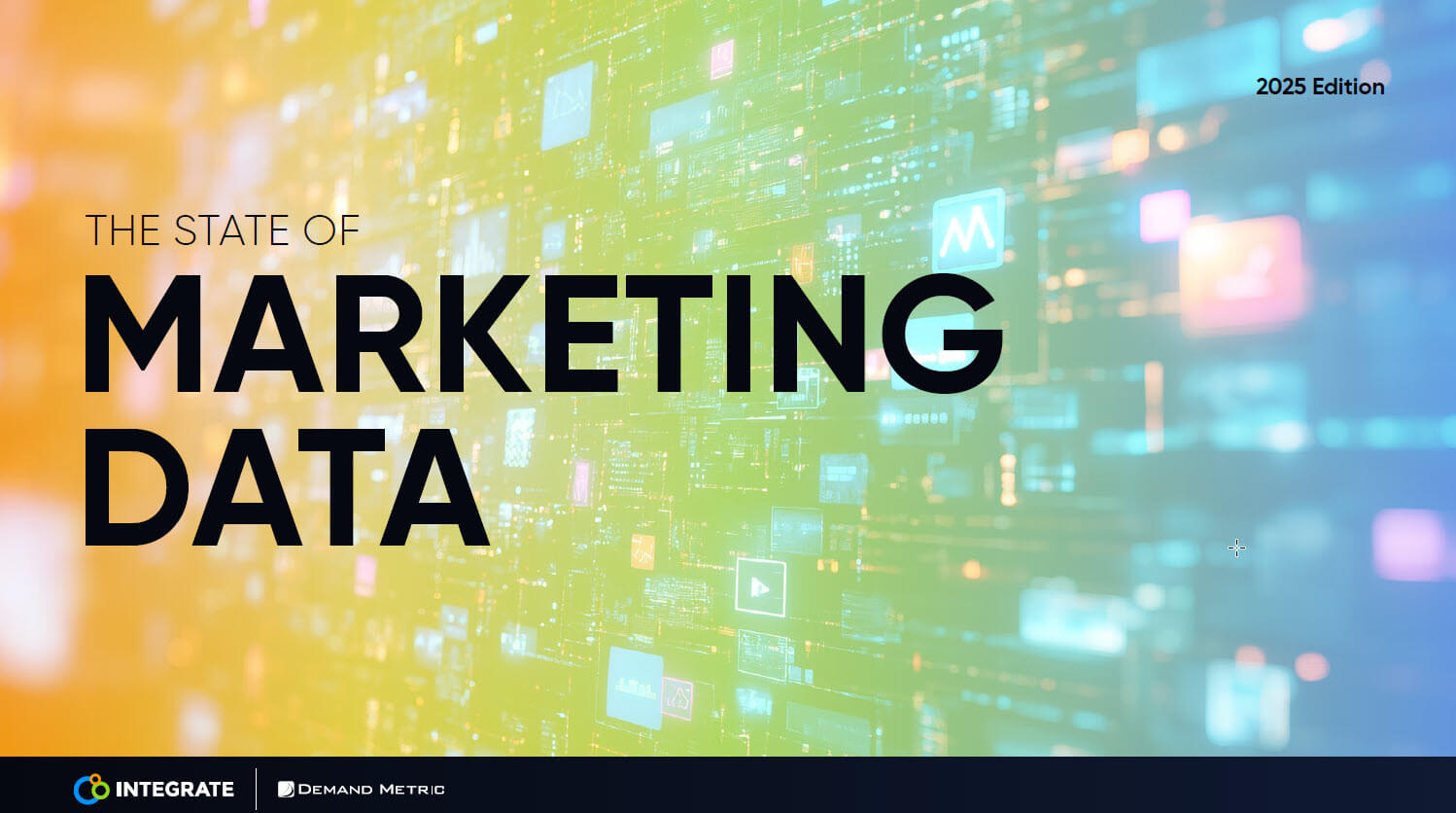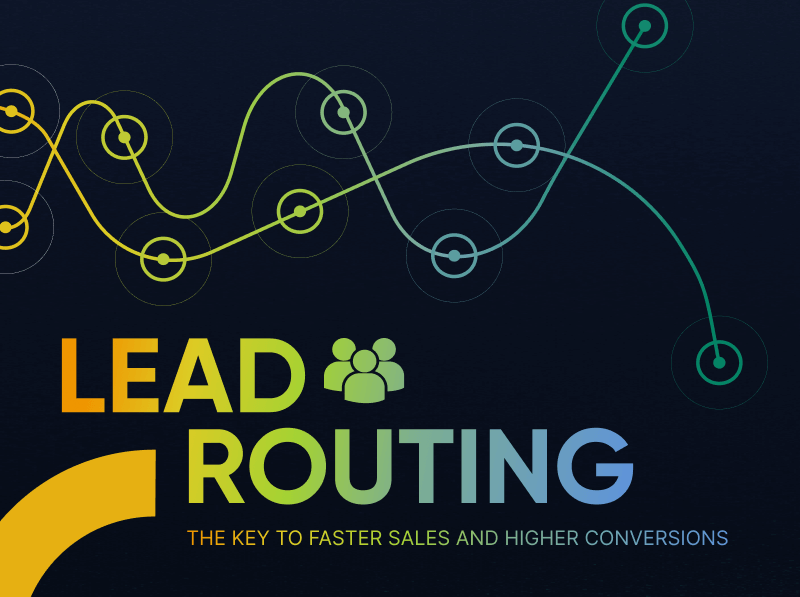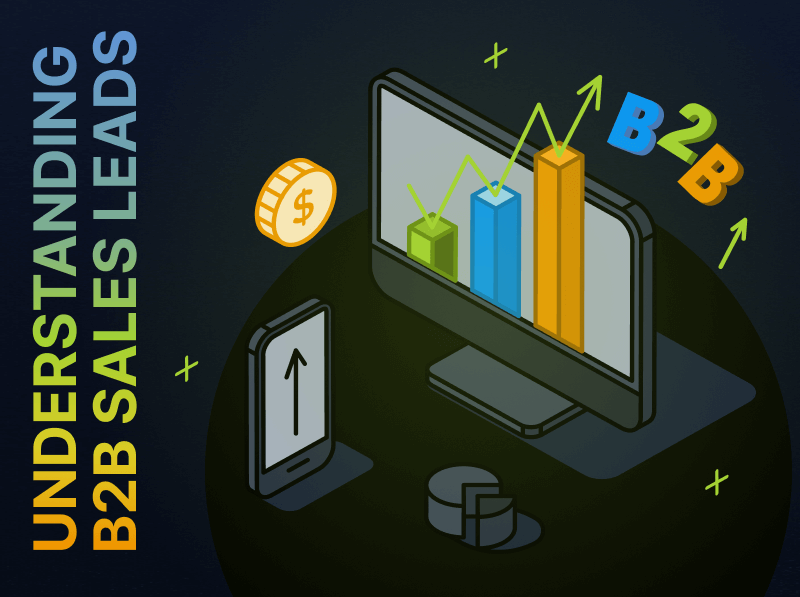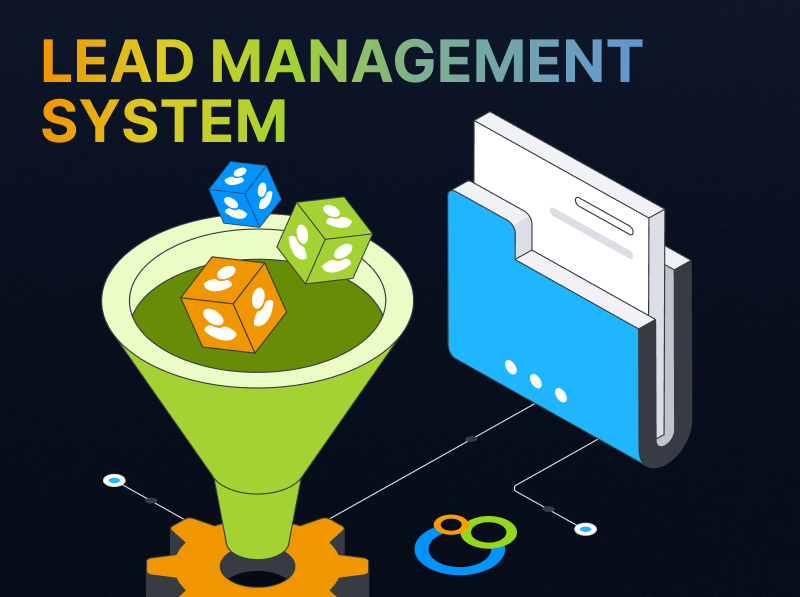The First 3 Steps to a Cleaner B2B Marketing Database
According to a recent Ascend2 survey, “Improving the quality of leads generated is a top priority for 58 percent marketing influencers, ahead of all other lead generation goals.” That’s right – ahead of increasing the number of leads, improving analytics, measuring ROI and even increasing conversions.
The good news: Today’s marketing leaders are focusing on quality over quantity.
The bad news: Not knowing how to address quality concerns, many marketing leaders revert back to overspending on quantity to make up for low-quality leads. The goal of this post is to outline three steps marketers can take today, without spending more money, to start improving the quality of their lead data.
1. Define what should be in your database
This seems obvious, but when is the last time you clearly laid out the parameters for what forms of data you’ll accept into your database, regardless of where the data came from? Most marketers have well-defined parameters for certain paid cost per lead (CPL) campaigns, but will accept pretty much anything that comes from an “organic” source, like their own website forms or an event registration list. Stop doing that!
It’s important to enforce the same requirements on your “free” leads as the ones you pay big bucks for, otherwise they’re diluting the overall quality of your data and therefore the effectiveness of your marketing metrics. (Side note: If your marketing performance is only measured on number of email addresses added to the database, and stops there, then congrats on having a cushy job that’s going to disappear when you get a smarter boss.)
Everyone’s requirements will be tailored to their business needs, but here are some questions to get you started:
- What does our ideal customer profile (ICP) and/or personas look like, and what will they look like in 6 months? Anyone who doesn’t fit ICP and persona criteria is a waste of space in your database. You aren’t going to have relevant material to market to them, so don’t put them in.
- What data points are required for a “complete” record? Many marketers are hesitant to delete or pass on any data that could have potential someday and end up paying for a lot of useless, partial data. If you can append partial data, great. If not, get rid of it. In fact, Ruby and her team at Microsoft stopped putting incomplete records in their database and it made a huge impact – you can hear more about that on this webinar.
2. Segment your data problems and how you address them
There are two main causes of dirty data: lack of filtration and time.
Time is a tough one to combat – According to Justin Gray, CEO and Founder of B2B marketing consultancy LeadMD, “Data degrades at 22% year-over-year without some sort of augmentation.” Your best bet here is to put automated processes in place to remove or quarantine people from your database as soon as the information has been identified as outdated.
Lack of filtration, however, is on you. Once you’ve completed the task of defining what should be in your database (#1), you’ve got to put processes in place to enforce that. This starts with understanding how the data gets in, and who is allowed to put it there.
At Integrate, we used to pretty much allow anyone to import data directly into the MAP or CRM if they knew how. This kept us agile, but it also left us with a pile of incomplete, invalid, duplicate, unstandardized and non-compliant (hello, GDPR) data.
Now, data can only be imported via one method: via the Integrate Platform, which automatically rejects data that doesn’t meet our pre-defined requirements. If you don’t have a platform with this capability, we still recommend having one person or team that handles the uploads and sticks to the process every time.
3. Determine where “sneaky” bad data is coming from
In the first two steps, you took care of the easily identifiable bad data, the stuff that you know is junk up front. But what about the data that appears good at face value, but ultimately is rejected by the sales team?
Dive into this bad data and look for patterns. Is there a common link between disqualified MQLs that you can use to refine your scoring criteria or automatically block future false-MQLs? Or maybe the MQLs could be enhanced with some additional data points that would make sales more likely to contact them.
Perhaps a trusted lead source is providing you with a bunch of leads that don’t convert. Is the partner the problem, or is it the content? Find ways to test both theories. It’s helpful if you have a dashboard that enables you to look at content performance across all partners, as well as comparing different types of content, so you can adjust your demand gen strategies in real time.
Tackling these first 3 steps for a cleaner marketing database is just the beginning. I heard a somewhat gross analogy a few years back about the two ways to address a dirty database:
- If the database is small enough, you can do purges at regular intervals much like you would a sink full of dirty dishwater: salvage the identifiably clean contents and drain the rest.
- But as your database grows, you must treat it more like a hot tub, which is impossibly expensive to continue draining and refilling. Instead, it requires an always-on filtration system that allows it to remain in use and never reach the point of “too dirty.”
Most of us already have hot-tub-sized databases, and therefore require an ongoing and automated plan for maintenance that doesn’t disrupt our day-to-day marketing efforts.
For more practical advice on ensuring a clean, quality marketing database, download Integrate’s eBook: “6 Steps To Get Your Marketing Database Clean (And Keep It That Way)”


